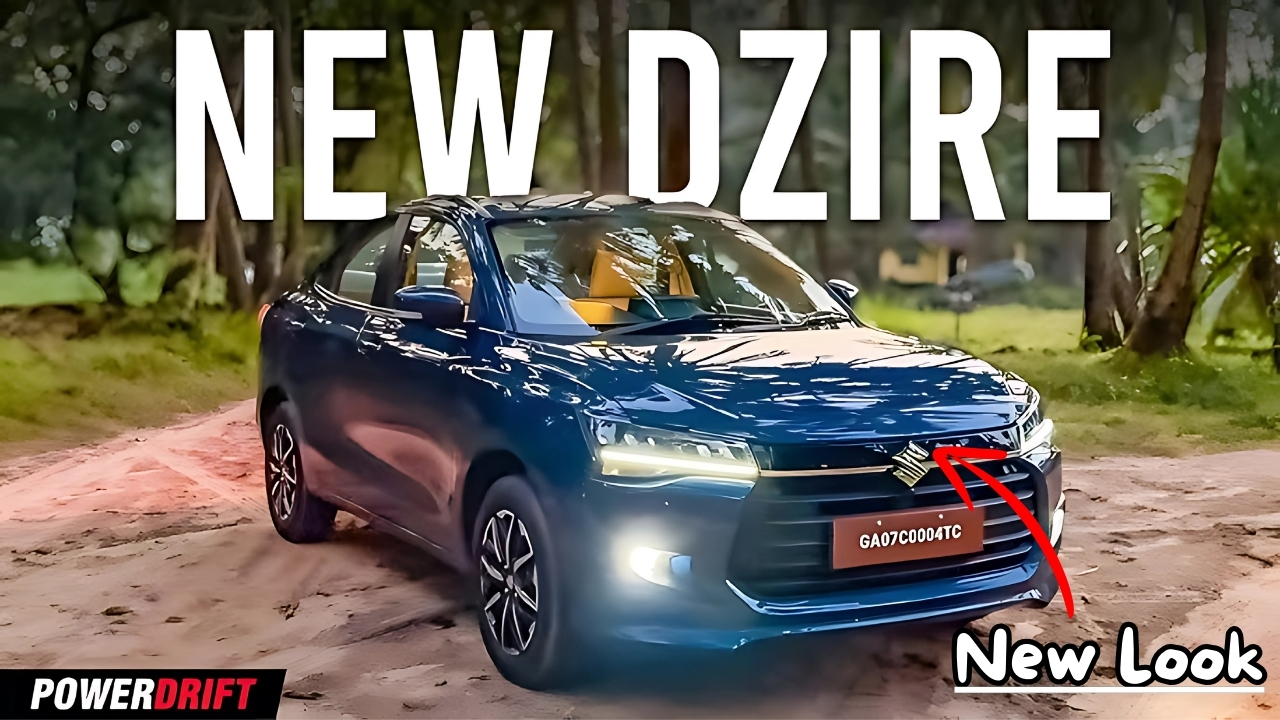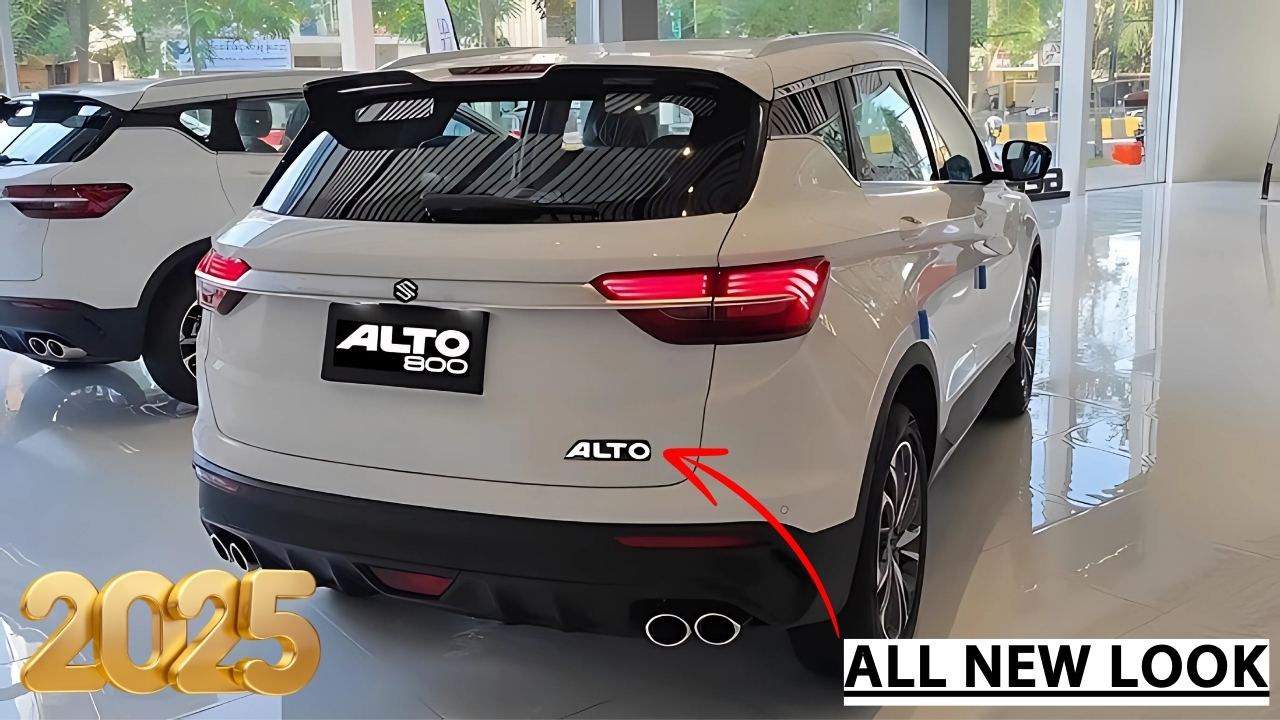Maruti Baleno 2025: The Indian automotive landscape is a battleground where a few manufacturers, like Maruti Suzuki, have successfully struck a balance between affordability and desirability. The Maruti Baleno, first launched in 2015 and refreshed in 2022, has been a solid example of this approach, delivering premium features in a wallet-friendly package.
As per various industry insiders, Maruti is gearing up to elevate these standards even further with the 2025 Baleno. This upcoming model aims to make waves in the premium hatchback category with its thoughtful feature combinations, meticulous engineering, and surprisingly competitive pricing.
Instead of a complete overhaul, the 2025 Baleno is set to build on the strong foundation laid by its predecessor. Sources close to the manufacturing process indicate that Maruti’s strategy revolves around heeding specific customer feedback while retaining the core attributes that have solidified the model’s reputation in the market.
“Successful products require careful evolution,” says a long-time automotive product planner who prefers to remain anonymous due to industry connections. “Some companies mistakenly equate novelty with improvement, discarding tried-and-true attributes in a bid for differentiation. In contrast, Maruti focuses on systematic enhancements—holding onto what works while thoughtfully improving areas that matter to actual customers.”
You can see this philosophy at play throughout the forthcoming model, which features sleek exterior refinements and an entirely rethought-out interior. The classic silhouette remains intact, but with more sophisticated surface details that give it a distinct identity.
A notable upgrade can be seen in the front design, which will feature redesigned LED headlights and a more striking grille, lending a stronger visual appeal without unnecessary flashiness.
Maruti Baleno 2025 Interior: Quality through Thoughtful Details
Where the 2025 Baleno is expected to truly shine is inside its cabin. Dealer preview materials indicate a thorough reconsideration of materials, textures, and design elements aimed at boosting perceived quality. The focus here is on frequently touched surfaces rather than superficial decoration.
The dashboard design introduces a layered aesthetic featuring soft-touch materials and expertly defined stitching—details you’d usually find in much pricier vehicles. In the center console, piano black finishes are strategically used without overwhelming the space with surfaces prone to smudges.
This restrained approach showcases a level of design sophistication that’s often missing in this segment. The seating also deserves a spotlight, with improved bolstering and cushioning that ensures comfort even on long trips.
Addressing a common complaint about compact cars, enhanced thigh support is achieved through reengineered cushion designs and slightly extended seat bases in the front. Rear seating arrangements get similar considerations with better cushioning and a bit more legroom due to recontoured front seatbacks.
Perhaps the most striking feature of the cabin is its premium feel, which is achieved through thoughtful details rather than ostentatious technology. Fabric-wrapped A-pillars, smoothly operating controls, and consistent lighting demonstrate a commitment to sensory quality, setting it apart from competitors that prioritize feature overload over holistic design.
Maruti Baleno 2025 Technology Integration: Practical over Flashy
While many carmakers focus on cramming in technology for marketing buzz, the 2025 Baleno appears to prioritize practical technological solutions that genuinely address the needs of owners. The infotainment system showcases a user-friendly 9-inch touchscreen capable of wireless smartphone integration, complemented by physical controls for essential functions—recognizing that touchscreens can be challenging to navigate while driving.
On the driver’s side, the instrumentation blends analog dials with a larger, customizable central display. This design emphasizes readability through quality typography and contrast, striking a balance between traditional gauges and flexible information presentation, more effectively than fully digital setups that sometimes compromise clarity for aesthetics.
Safety features are enhanced as well, with improved sensors for more intuitive handling. The automated emergency braking system is said to have larger detection zones and better pedestrian recognition capabilities. Lane-keeping assistance is reportedly more nuanced, offering subtle corrections that support, rather than override, driver decisions.
Perhaps the most impressive addition is the capability for over-the-air updates for both the infotainment and vehicle control systems. This means continuous improvements throughout ownership, a feature usually reserved for premium vehicles.
Maruti Baleno 2025 Engineering Refinement: Enhancements You Can’t See
Beyond the obvious upgrades, the 2025 Baleno will undergo extensive engineering refinements focused on elements that might not be evident during a casual dealership visit but become apparent through actual ownership. Noise, vibration, and harshness reductions are especially emphasized, thanks to increased sound insulation, improved suspension bushings, and better engine isolation.
The suspension system keeps its core layout but introduces revised spring rates and damping tailored for Indian roads, ensuring enhanced comfort and control without excessive body roll.
Powertrain options are expected to include a refined version of the current 1.2-liter naturally aspirated engine and a new turbocharged version that offers better performance while maintaining efficiency. Both variants will benefit from calibration focused on drivability instead of mere numbers, providing a more consistent performance in diverse driving scenarios.
The continuously variable transmission option is said to have undergone significant improvements, focusing on delivering a smooth experience rather than fake gear shifts. Notably, the platform will now feature more high-strength steel, enhancing structural rigidity without adding extra weight, which will improve crash protection and ride quality.
Maruti Baleno 2025 Pricing Strategy: Smart Accessibility
One striking aspect is Maruti’s ambitious pricing strategy for the 2025 Baleno, despite its many enhancements. The rationale behind this pricing involves multiple strategic elements beyond simply chasing market share.
The production efficiency at Maruti’s Gujarat facility plays a crucial role, leveraging automation and optimized logistics to create cost advantages that foreign competitors often can’t replicate. Moreover, increased localization of components, now exceeding 95%, shields pricing from currency fluctuations while boosting local manufacturing.
“The pricing strategy reflects the growing competition while leveraging Maruti’s inherent advantages,” notes an industry analyst specializing in automotive market trends. “Rather than engaging in one-upmanship against new entrants, Maruti can present holistic value propositions that newcomers simply can’t match due to their limited manufacturing capabilities.”
Base models are expected to start just ₹15,000-25,000 higher than current variants, which is a modest increase given inflation rates. Higher trims will offer even more value, with options that include features typically associated with much pricier models, all while keeping prices below key psychological thresholds.
This strategy could create significant challenges for competitors, especially newer brands trying to build their market presence through feature superiority. By offering equivalent, if not better, features along with a reputation for reliability at lower prices, Maruti is likely to mitigate challengers’ primary advantages.
Maruti Baleno 2025 Ownership Experience: Going Beyond the Sale
Alongside product enhancements, Maruti is reportedly also planning substantial improvements to the ownership experience that address both practical and emotional aspects of Baleno ownership. Service intervals are extended to 15,000 kilometers, reducing maintenance frequency, and digital scheduling makes necessary interactions far simpler.
Warranty coverage is set to be expanded to 5 yearsor100,000 kilometers as standard, which demonstrates a commitment to quality while alleviating ownership cost worries. This warranty will also include roadside assistance and complimentary check-ups aimed at preventative maintenance.
Perhaps one of the most groundbreaking changes is an upgrade to the MyMaruti app, specifically tailored for Baleno owners. The app will include predictive maintenance suggestions based on actual vehicle data instead of simple mileage intervals, helping to spot potential issues before they escalate into significant problems. This enhancement improves convenience while also cutting long-term ownership expenses.
Maruti Baleno 2025 Conclusion: A Thoughtful Evolution in the Segment
The 2025 Maruti Baleno appears set to reshape expectations in the premium hatchback arena through thoughtful enhancements rather than mere specification additions or visual dazzle. By tackling essential ownership priorities—such as tactile quality, usability, sophistication, and cost-effectiveness—while ensuring accessible pricing, Maruti looks to set new benchmarks that competitors will find challenging to replicate.
What truly differentiates this strategy is its focus on customer-driven development, not reactive competition or flashy technology. The improvements are directly aligned with real ownership scenarios instead of simply being a marketing gimmick, thereby providing genuine value through better experiences rather than just surface-level features.
For those eyeing premium hatchback choices in 2025, the Baleno’s offering is increasingly compelling—promising an enriched ownership experience without a corresponding spike in costs. This balanced evolution reflects a maturity often absent in segments where feature proliferation prevails over comprehensive transportation solutions.






